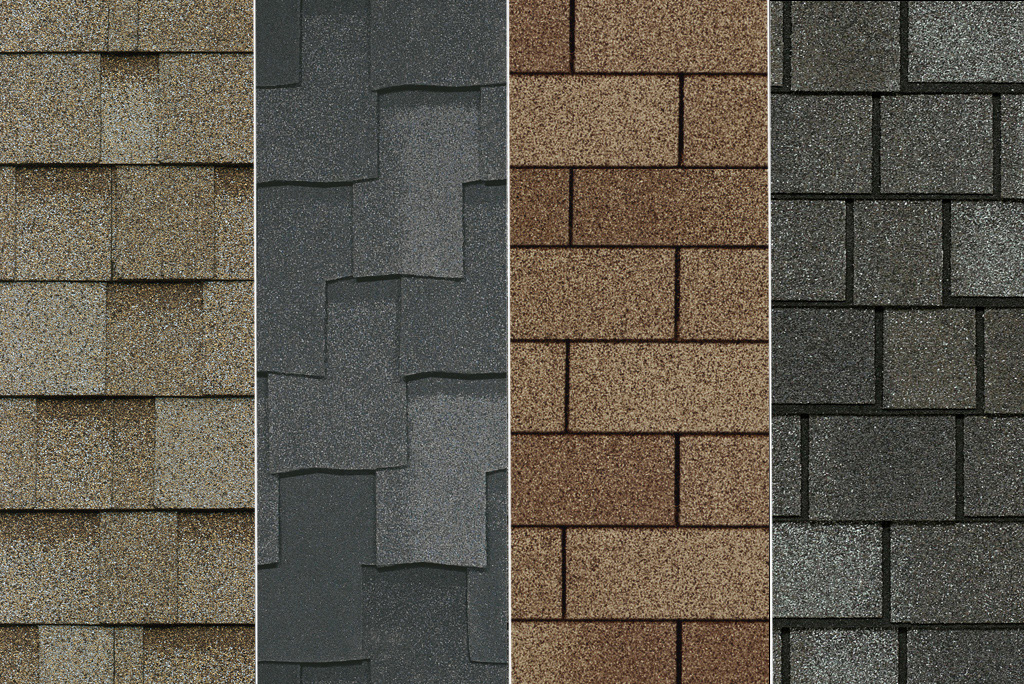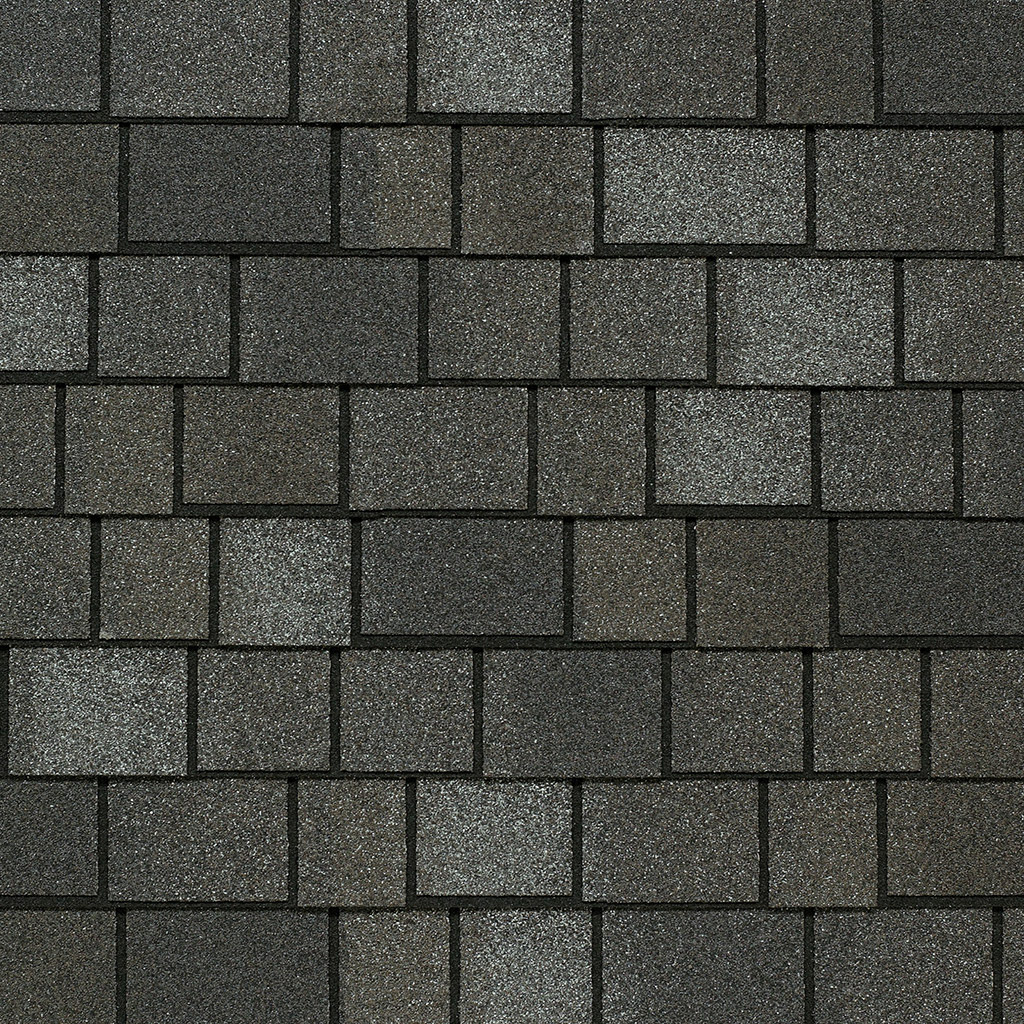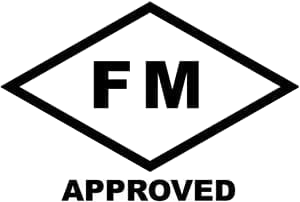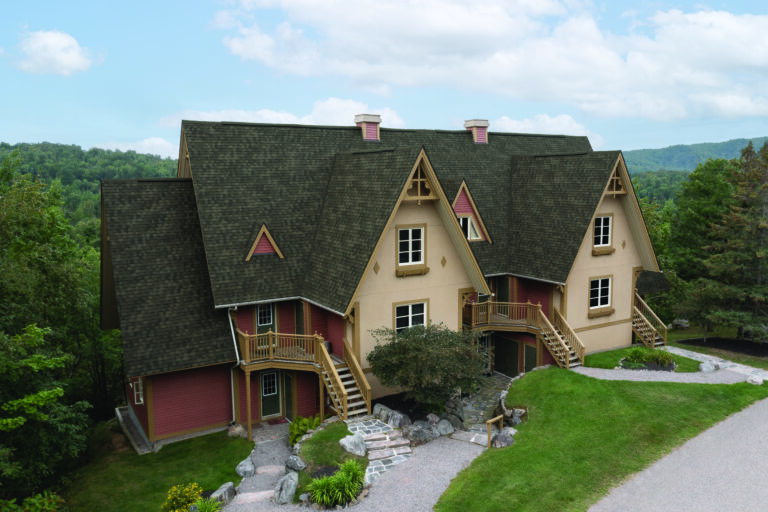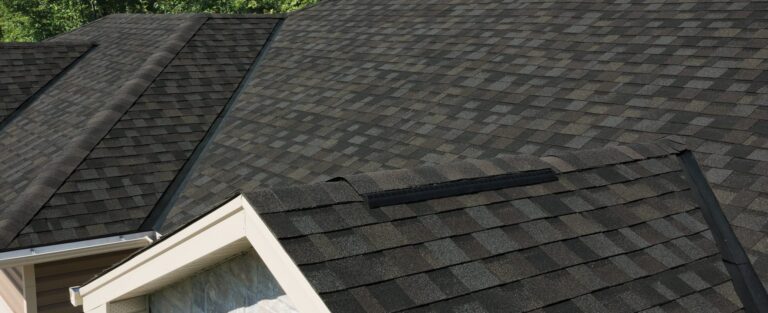Types of Asphalt Roofing Shingles
There are so many different names for types of shingles that it can be a challenge for homeowners to get them all straight. Is there a difference between laminate shingles and composition shingles? What differentiates each type of shingle? Each shingle type has its unique features and benefits. However, if you can’t tell them apart, you may not know what you’re actually buying.
To help you make the best decision for your roof, we’ll explain each of the four main types of roofing shingles. Plus, we’ll alert you to some niche terms that confuse many people. In the end, you’ll have a much clearer idea of what you’re buying when you choose one shingle type over another.
First, here is a quick guide to shingle terminology to help you see which terms are synonyms for others.
| Traditional Shingles | Architectural Shingles | Premium Shingles | Performance Shingles | |
|---|---|---|---|---|
| Shingle Class | Composition shingle | Composition shingle | Composition shingle | Composition shingle |
| Shingle Material | Asphalt shingles | Asphalt shingles | Asphalt shingles | Asphalt shingles |
| Shingle Construction | 3-tab shingles | Laminate shingles | Laminate shingles | Laminate shingles |
| Synonyms | Strip shingles, fiberglass shingles | Dimensional shingles, laminated shingles, laminated composite shingles, fiberglass shingles | Designer shingles, premium asphalt shingles, laminated shingles, laminated composite shingles,fiberglass shingles | Laminated shingles, laminated composite shingles, fiberglass shingles |
All of the shingle types listed here are composition and asphalt shingles. However, their construction differs. Three are laminate shingles, and one is a 3-tab shingle. These asphalt shingle types also have some synonyms that overlap and other synonyms that are unique to just one type. For example, traditional shingles, architectural shingles, premium shingles and performance shingles may all be called fiberglass shingles. They all have a fiberglass base. However, only premium shingles are called designer shingles.
As you can see, the four basic types/groups of shingles are:
- Traditional Shingles.
- Architectural Shingles.
- Premium Shingles.
- Performance Shingles.
- Impact-Resistant
- Wind-Resistant
- Algae-Resistant
- Fire-Resistant
- Other Types — Accessory Shingles
What are Composition Shingles?
First, let’s discuss composition shingles. Composition is a general term for shingles that are made of more than one material. Slate shingles are not composition shingles, as they are made of a single material, slate.
Technically, all modern asphalt shingles are composition shingles. Modern shingles are made of fiberglass that’s covered by asphalt and granules. Many years ago, manufacturers produced another composition shingle made of asphalt and cellulose (a plant-based material). However, these are no longer made. All of the types of shingles we’ll talk about below are fiberglass shingles.
1. Traditional Shingles
Traditional shingles are also called 3-tab shingles or strip shingles. They are the oldest type of asphalt shingle that is still available today, although they have seen many improvements over the years, including the addition of a fiberglass mat instead of a cellulose core
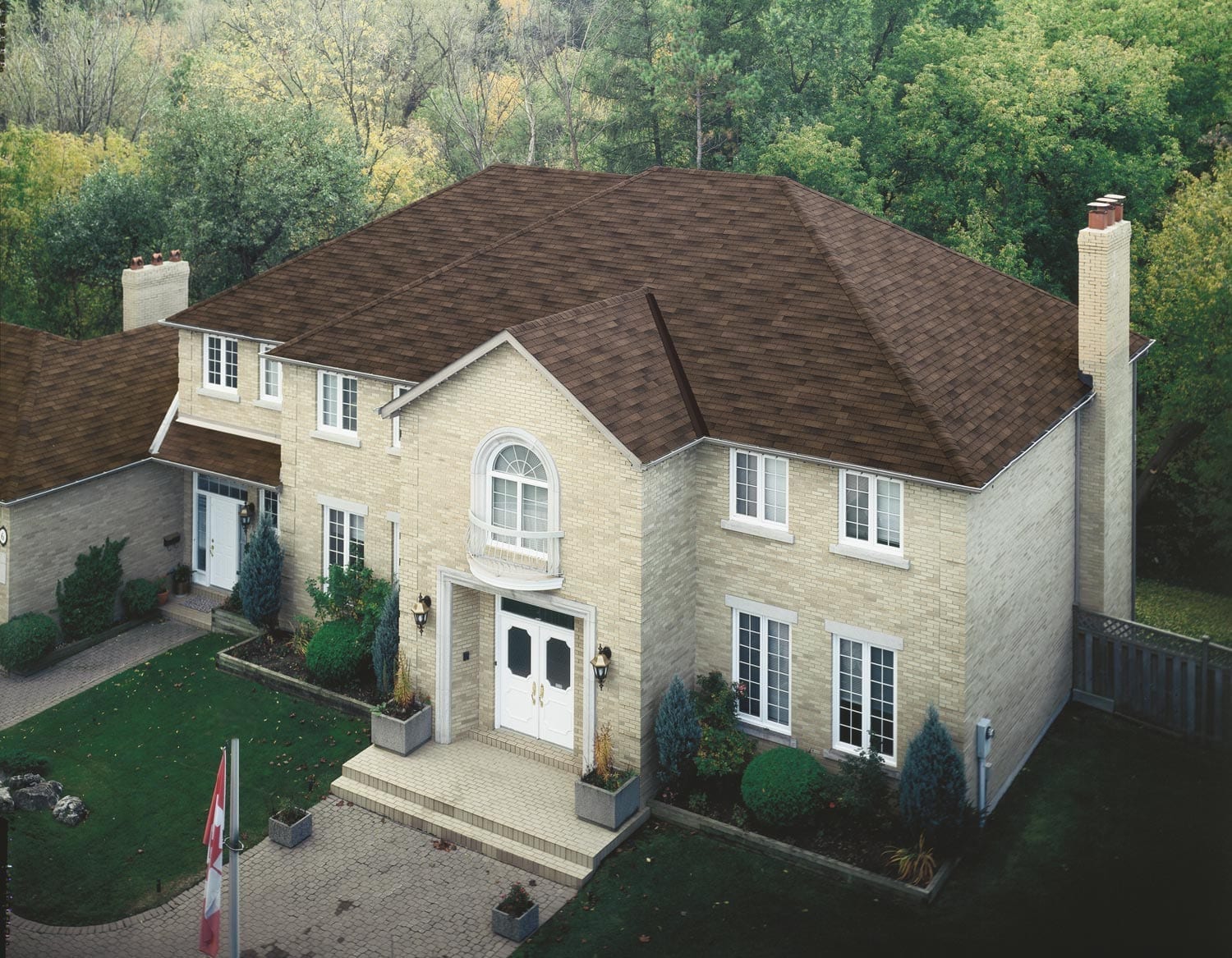
Originally, traditional shingles were much smaller than they are today. They also needed to be sealed manually. In the 1950s, shingle manufacturers introduced self-sealing shingles that could simply be nailed to the roof and then sealed by the heat of the sun, assuming the roofing professional installed them correctly.
Later, IKO began to produce a metric 3-tab shingles, which are larger and faster to apply than single shingle pieces. Between the increased size and self-sealing properties, modern 3-tab roofing shingles are easily applied by professional roofers. As roofers save time, they can charge homeowners less.
Other types of shingles are now available in this larger size as well.
Traditional shingles also used to be monotone. Monotone means that each style would be composed of only one shade of brown if they were brown shingles or only one shade of black if they were black shingles. Over time, technology has evolved, and you can now buy 3-tab shingles that combine several shades. Some feel this is a more aesthetically pleasing look, plus it masks any variations you may see in a solid color.
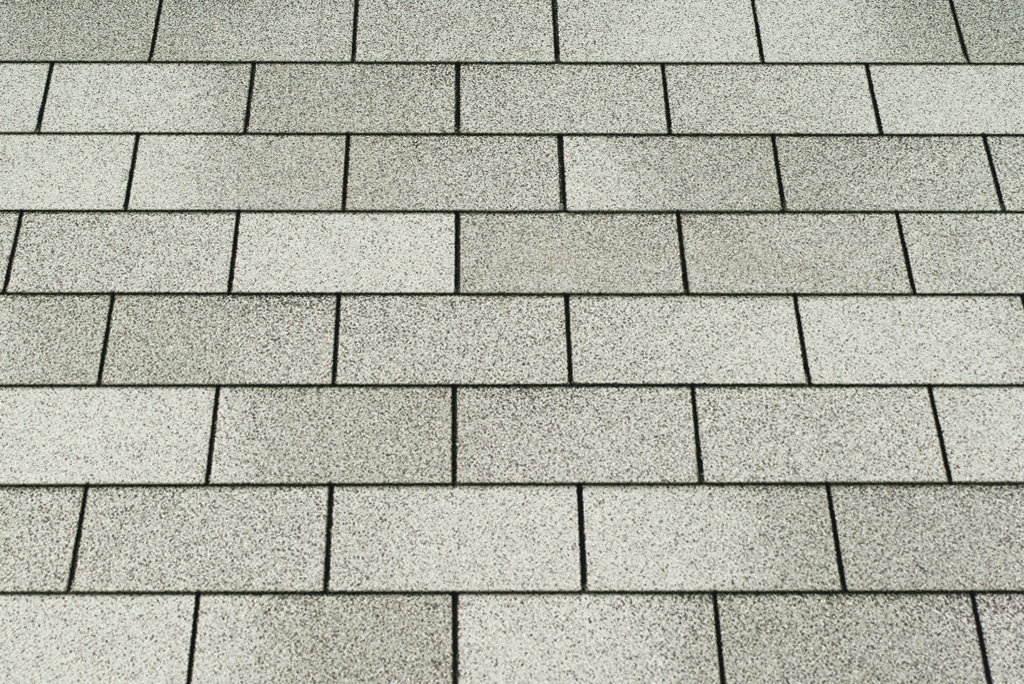
You can identify 3-tab shingles by their relatively simple, consistent appearance. All of the individual shingles are the same shape, perfectly rectangular, and lay flat next to each other.
2. Architectural Shingles
Architectural shingles go by many names, including laminate shingles and dimensional shingles. Whatever you call them, the key difference between these shingles and traditional shingles is their construction. Dimensional shingles are composed of two layers. Both layers are composed of asphalt and fiberglass. This thick two-layer construction may give them an advantage in weather-resistance.
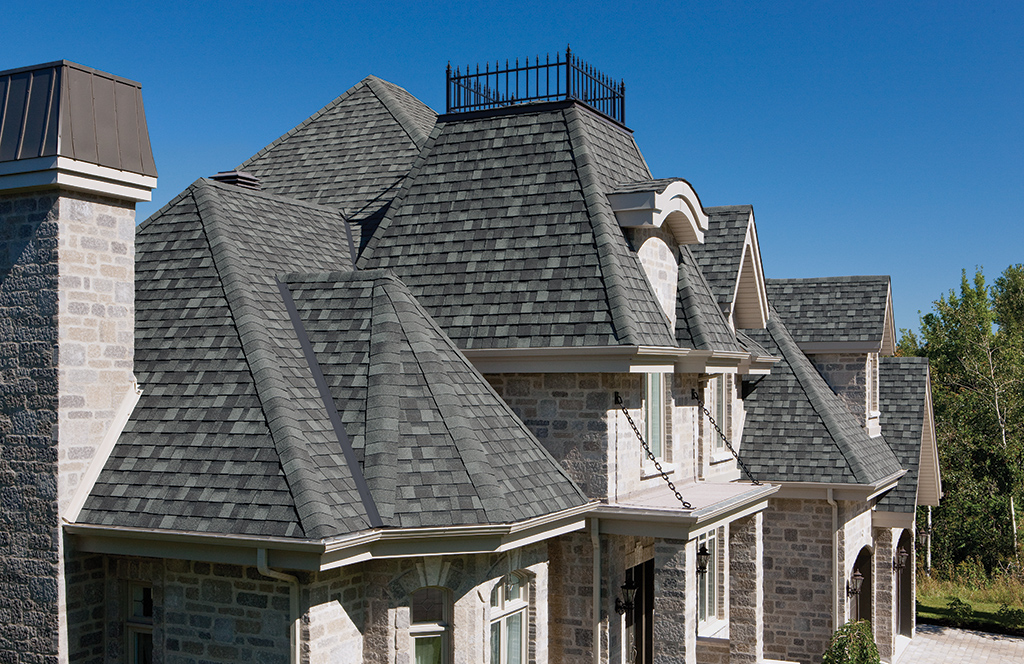
Originally, shingle manufacturers intended these shingles to have enhanced aesthetics and visual thickness. They caught on because they are simpler to install. Today, dimensional shingles are the most popular shingles.
You can identify dimensional shingles by their unique look. Unlike 3-tab shingles, these shingles are not cut into identical shapes. Instead, each shingle is manufactured with alternating areas or tabs of single and double layers. This shingle pattern is often referred to as “dragon’s teeth.” Manufacturers also add a shadow line, which is a band of darker granules. The intermittent double-layer tabs, in conjunction with the intermittent shadow band on the single-layer areas, add dimension to the roof, which enhances the home’s look and style.
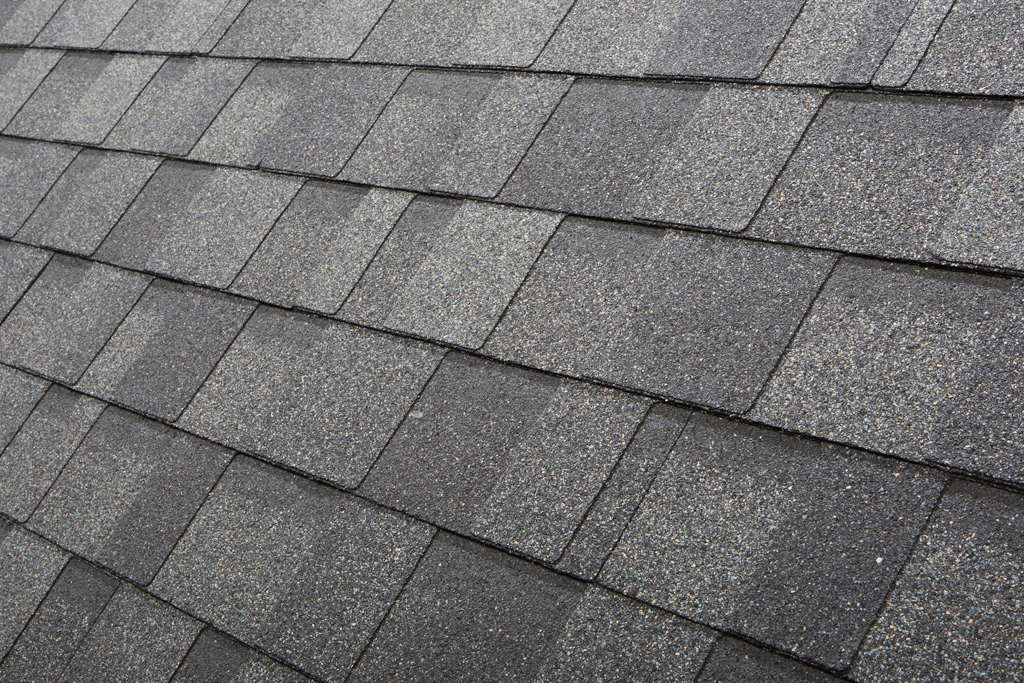
What is the Difference Between Architectural Shingles and Asphalt Shingles?
Although architectural shingles are “asphalt” shingles, when people ask this question, they are generally asking for the difference between architectural shingles and 3-tab shingles. Some homeowners get confused about what really differentiates 3-tab and architectural shingles.
The simple answer is that architectural shingles are thicker. This thickness may give them performance benefits. Plus, they have a unique, dramatic look. Architectural shingles have shadow bands and “dragon’s teeth,” while 3-tab shingles are more consistent and flatter. That doesn’t mean one type of shingle is necessarily preferable. Which shingle you should choose depends on your priorities, home and climate conditions.
3. Premium Shingles
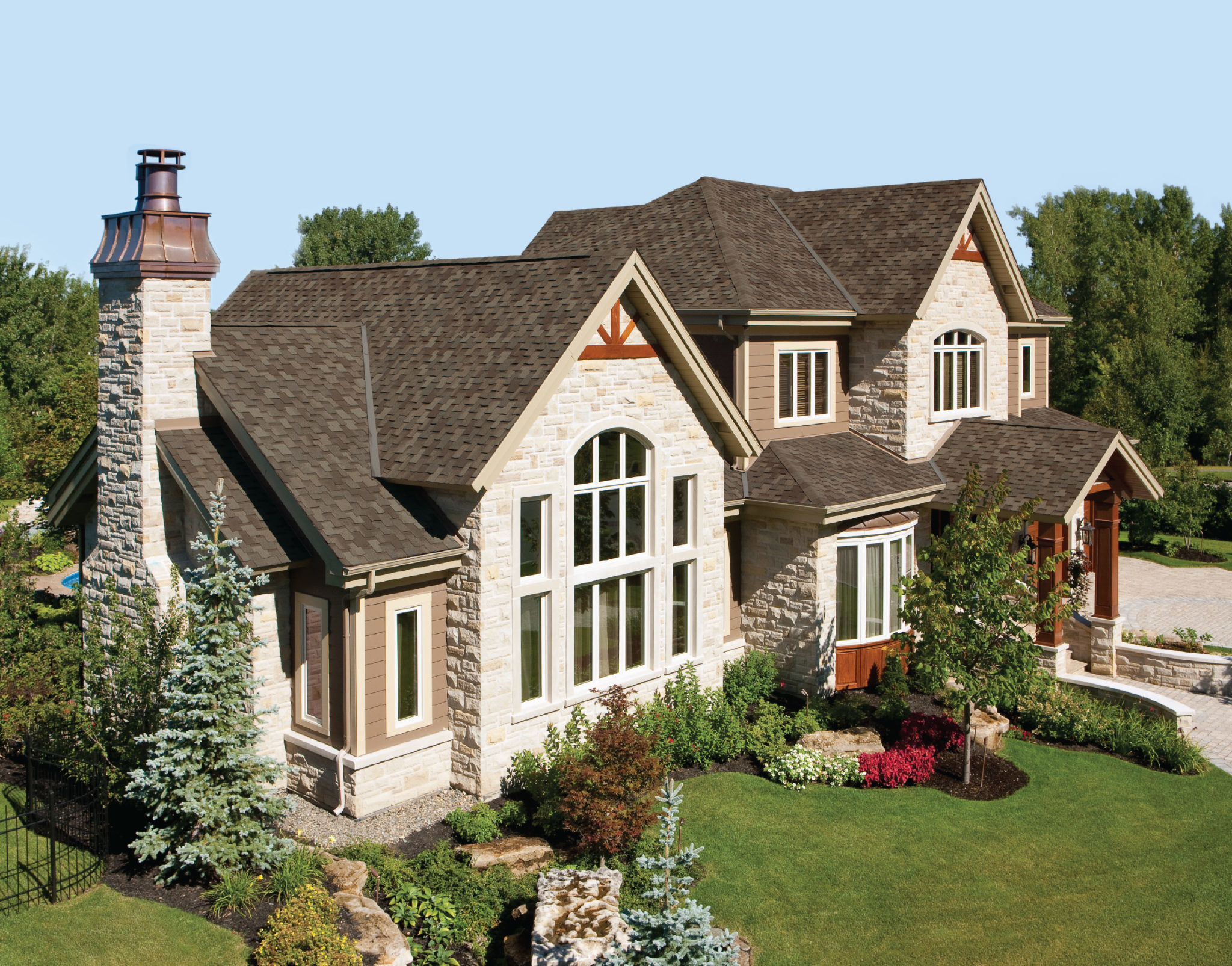
Premium shingles are also called designer shingles. They share the two-layer composition of laminate shingles, but they have other features that create a premium look. Many premium shingles are made to mimic the look of other roofing materials, such as cedar shakes and slate tiles. Roofing manufacturers wanted to offer homeowners these unique looks, without the high cost and other drawbacks of these more traditional roof materials.
4. Performance Shingles
Many roof shingles may qualify as performance shingles. These are simply shingles that have been designed to offer specific performance benefits, such as wind resistance, hail resistance or solar reflectivity. These features may be available in other types of shingles as well. Here are some of the advantages that asphalt shingles can give your home.
Impact-Rated
Shingles may face a sudden, hard impact from hail. Performance asphalt shingles may be designed to resist hail better and may stay intact through hailstorms. IKO’s Nordic™ performance shingles have a Class 4 Impact Resistance rating1. This rating, while not a guarantee of performance, may allow for a reduction in home insurance premiums if available in your area.
Wind Resistance
Performance shingles may also be designed with special features to cope with high winds and may reduce wind uplift or blow off.
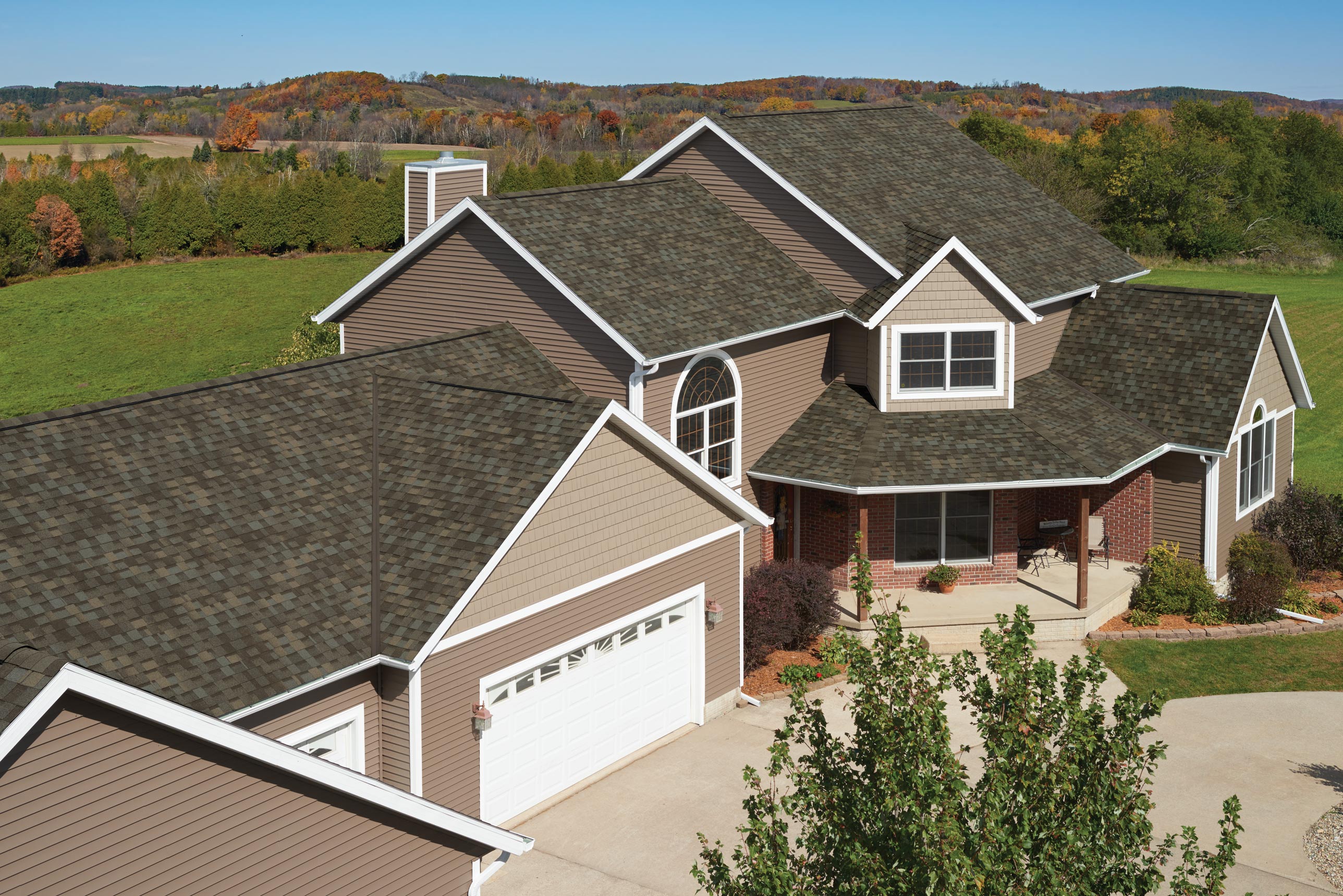
Algae Resistance
In many areas of North America, algae growth on rooftops is a problem. When it dies off, blue-green algae leaves behind black stains on the roof. Many asphalt shingles now offer algae-resistant granules to reduce the risk of blue-green algae growth on your roof.
Fire Resistance
Another element our homes have to protect against is fire. You can purchase shingles that have Class A Fire Resistance. Class A is the highest fire resistance rating. Note that it’s important to install the whole roof system to get this high fire rating, as other elements of the roof also help to protect your home from fire.
5. Other Types of Shingles
You may also hear the terms “hip and ridge shingles” and “starter strips.” These shingles match the overall style and construction of the main shingle that your roofing professional installs on your roof. However, they are specially shaped or designed to make installation easier.
In order to install shingles on the hips and ridges of a roof, professional roofers used to have to take a shingle and cut it into strips, then line the strips up and down the hips and ridges. This became a challenge when thicker laminate shingles became standard, as they were harder to cut and harder to bend over the ridge. To make things easier for roofers, manufacturers invented hip and ridge shingles in matching colors that don’t need to be cut to be installed.
Starter strips or starter shingles are the first shingles that your professional roofer applies on the roof. Starter strips provide a solid sealant strip to bond the first course of main shingles to the roof. This sealant protects the roof substrate where there are gaps, joints or cutouts in the first course of shingles. They may also act as guides to ensure the roofer achieves the correct pattern on the rest of the roof.
A Roof Isn’t Just About Its Shingles
While choosing the right type of asphalt roofing shingle is important, it is not the only product that your roofer will install on your roof. Shingles are actually part of a whole roof system, the parts of which work together to protect your home. Learn about some of the other components of a roof to understand their role and importance.
Which is the Best Type of Asphalt Roofing Shingle?
No one shingle is the best choice for everyone. Instead, focus on finding the right type of shingle for you, that suits your home and your needs. When you’re researching shingle types, why not reach out to a roofing professional? He/she can give you a recommendation based on your home’s climate conditions, roof slope and style. Use IKO’s Contractor Locator to find a professional roofer in your area.

